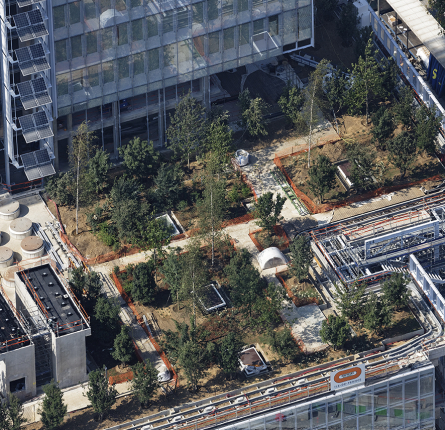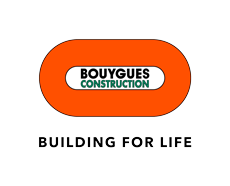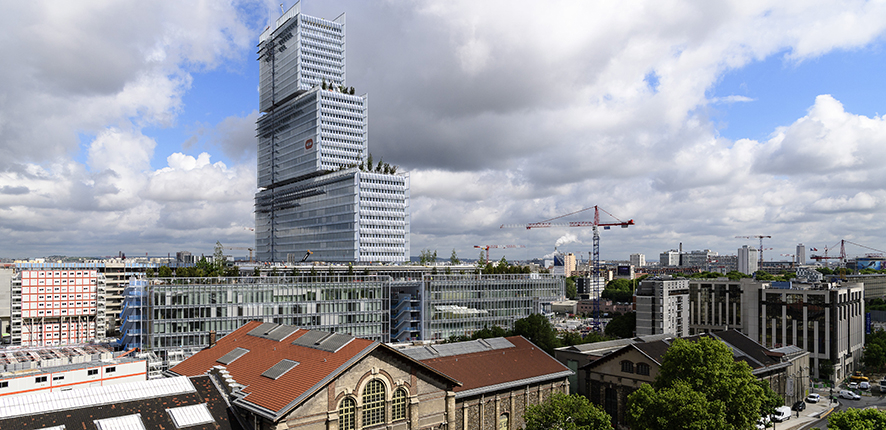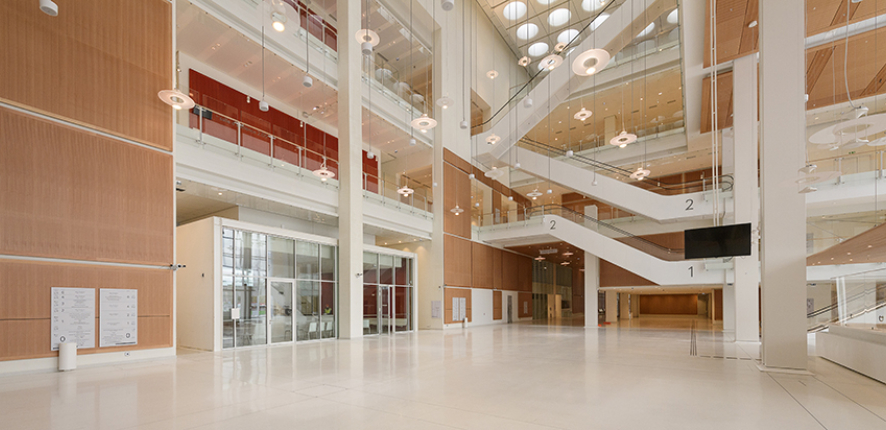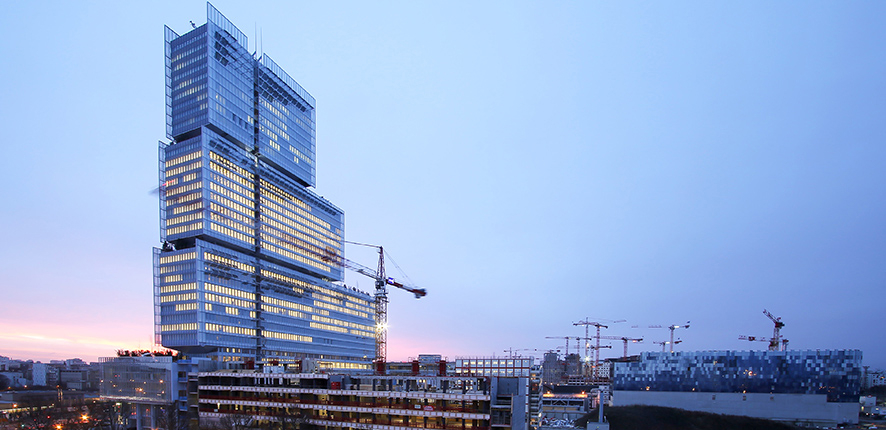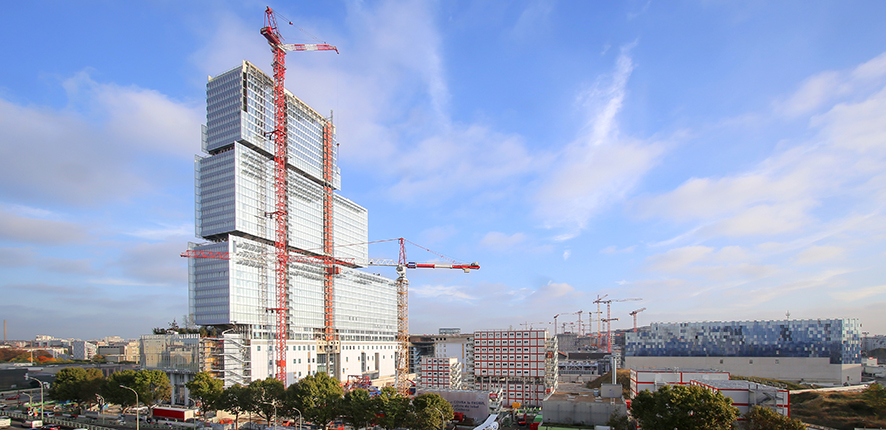The Paris Law Courts

The Paris Law Courts
A seamless projectBackground
The new Tribunal de Paris (law courts) was designed to bring together in one space all the services of the high court of Paris, which were previously spread out across six distinct sites, as well as the entirety of the twenty Parisian regional courts. Around 9,000 people will have access to the site every day.
Located at the urban development zone (ZAC) of Batignolles, it comprises the high court of Paris, the police court and the public prosecution service. It is also home to all Parisian district courts. The project was born from a desire to remedy the inadequate physical conditions in which justice is served in Paris on Île de la Cité, in prestigious locations but limited spaces, which are not very functional and sometimes dilapidated.
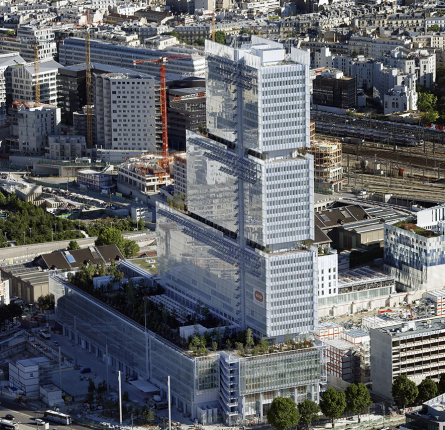

Project
The edifice, built by Bouygues Bâtiment Ile-de-France within the framework of a public-private partnership, is Europe’s largest court. Bouygues Energies & Services, which completed low voltage, multimedia, radio communication and safety works, will ensure the maintenance of the building and provide a few other services (cleaning, fire safety, reception, etc.) for all 27 years of the partnership contract.
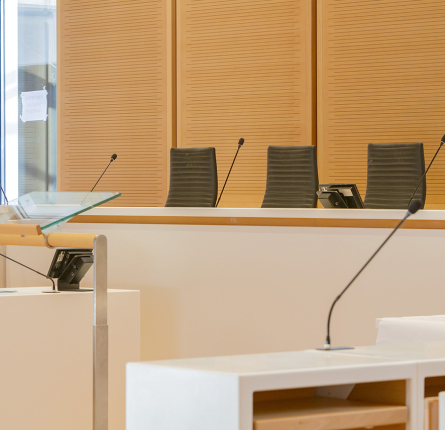

Architecture
Designed by Renzo Piano, the law courts complex is divided into three main areas: within the base is a court; adjoined to this, the bastion hosts detention spaces and three administrative and legal spaces are located in the tower. The complex received the 2017 Equerre d’argent architectural award
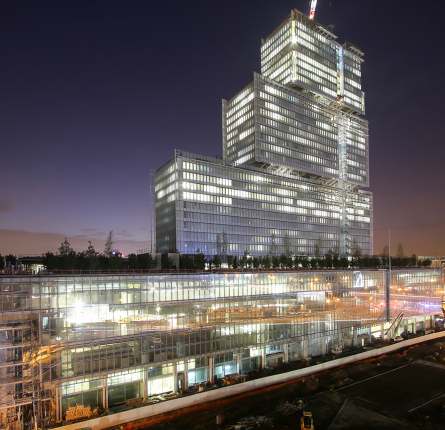

Unique architectural features
The complex features stacked volumes decreasing in size on the 9th, 19th and 29th floors, which break up the verticality of the building. Prestressed concrete beams support the ten upper floors and divert the weight towards the cores.
The presence of terraces planted with trees on these same floors also makes the complex stand out from ordinary office towers.
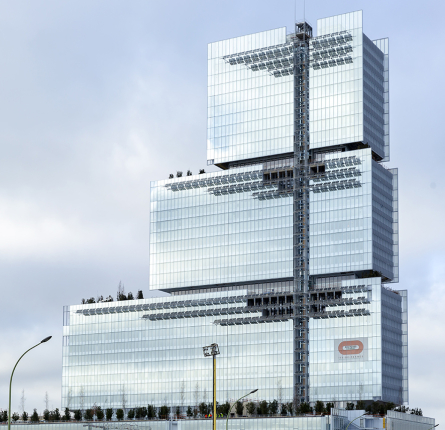

Human capital
Up to 2,200 site workers, 180 support individuals and 600 sub-contracting companies will have been involved in completing this extraordinary structure. The teams were confronted with technical challenges, such as the lowering of the water table, casting, sliding formwork and the creation of the stacked structure.
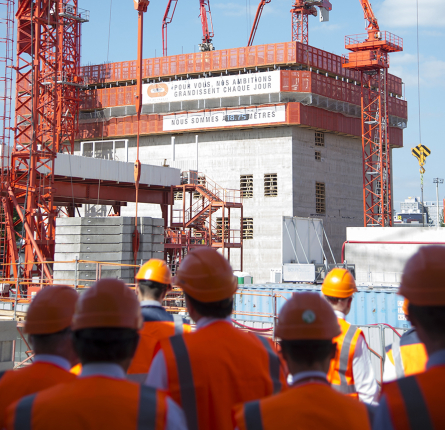

Environment
The Paris law courts complex is a high energy performance building in line with the city’s climate plan: 25% renewable energy through photovoltaic panels, 25% of rainwater recovered and an energy consumption of 50 kWh/m²/year, in other words 25% less than regulatory requirements. The Paris law courts complex is thus setting a new benchmark for energy consumption in a very tall building.
Certified HQE (High Quality Environmental standard) and labelled BBC (low-energy building certification), its electrical consumption is two times lower than that of the most recent office towers built in the la Défense district.
